The surface of jewellery
The interface between object and environment but also between individual and object, the surface is the place where the material qualities, style, technologies and values of the contemporary jewel are told of.
This book shows work by seventy-six designers, including masters of the art of goldsmithery, young designers and international craftsmen, who have tackled the theme of the surface through hand-crafting and digital techniques, material, formal and chromatic metamorphoses, visual and tactile contact, duplicity of meaning and the relationship between skin, body and dress. A surface research, not a superficial one.
Livia Tenuta
Thinking of the jewel in terms of skin means returning it to the categories of artistic debate, establishing a dialectical comparison with the major arts and favouring a hermeneutics of the contemporary jewel, the lack and the need for which is clearer than ever.
Livia Tenuta’s meticulous research views the jewel through a novel key of interpretation, that of the surface, presenting works by seventy-six artists, designers and artisans according to the various meanings of skin as experimentation, metamorphosis, narration, contact, dualism, grafting.
The surface determines the perception the jewel transmits of
itself but it is also structure, establishing a wholly unique coincidence between interior and exterior. It follows, then, that the skin represents the last, most advanced conceptual instrument to understand the contemporary jewel and the choice of the brooch is revealed extremely effective as well as evocative: free from the limitations of wearability, the brooch stages the tension between sight and touch, material and form, communication and concept. It is inviting, available, versatile.
Nido
Sanae Asayama
1995
clay mixed with particles of platinum, gold
The same desire to experiment with materials, mixing them, reshaping them and changing their nature completely, is found in the work of Sanae Asayama, who, with great audacity, takes the two metals for jewellery par excellence, gold and platinum, and mixes them with clay, thus obtaining an unconventional surface that, in order to balance the boldness of having profaned the traditional canons of jewellery, seeks shelter in a maternal, sure form, that of the nest. In this case the surface becomes none other than the expression of the technique, it is no more than the result of a well studied recipe of different and unexpected ingredients.
Surprising
Margherita Burgener
2014
titanium, white gold, diamonds, topazes adorned with pearls
The lightness of titanium also fascinates Margherita Burgener and allows her to create a brooch of important and highly scenographic dimensions, similar to a small floral sculpture. Once again the surface colour tones that define each individual petal, accentuated by the luminosity of the central stones, capture the observer’s gaze.
Only the presence of the precious stones reveals the artifice and denies the naturalness of the soft, graceful petals, hand-forged with incontestable dexterity.
MOONagination
Manuganda
the moon as I imagine
2015
brass, cement, magnet
Manuela Gandini, for example, uses the laser sintering of wax for the brooch MOONagination: the moon as I imagine, in which she seeks the colour and the ever differing surface of the moon through experimentation with cement, which, depending on the mixture used, changes its skin.
Black Sharp
Rosalba Balsamo
2014
polyamide
Rosalba Balsamo fascinated by 3D printing, began to experiment with polyamide, but remaining dissatisfied with the porosity of the print, which makes all the objects identical. As long as the design is on the screen its proportions, its size, its detail can be controlled to the thousandth, but it is not possible – at least for now – to have feedback on the tactile effect like when it is in your hands.
The solution is reached by sanding and smoothing the surface to eliminate the wrinkled aspect of the print and subsequently dyeing it black, giving the brooch the skin it lacked
Roots 2015
bulino dot satined brass with yellow gold and ruthenium bath, cornelian, pietra leccese, olive wood, steel
The surface looks to the past for the technique and to today for the formal composition. And it is precisely the importance of the past that we are reminded of by the Roots brooch
by Roberta Risolo, who keeps faith with her roots with the use of olive wood and pietra leccese stone combined with traditional working techniques on metal on a single surface that tells of a double reality.






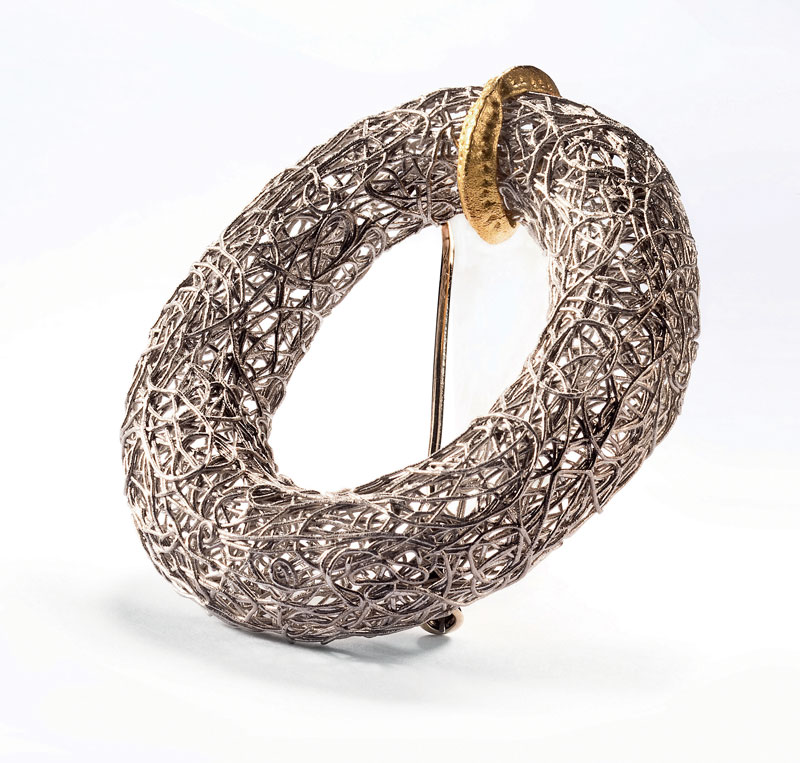
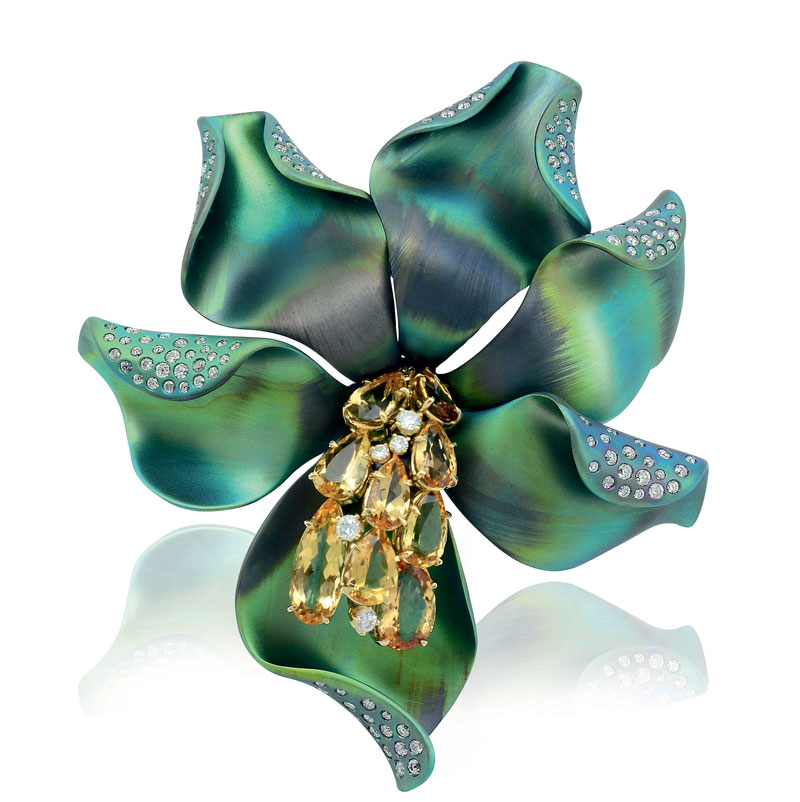
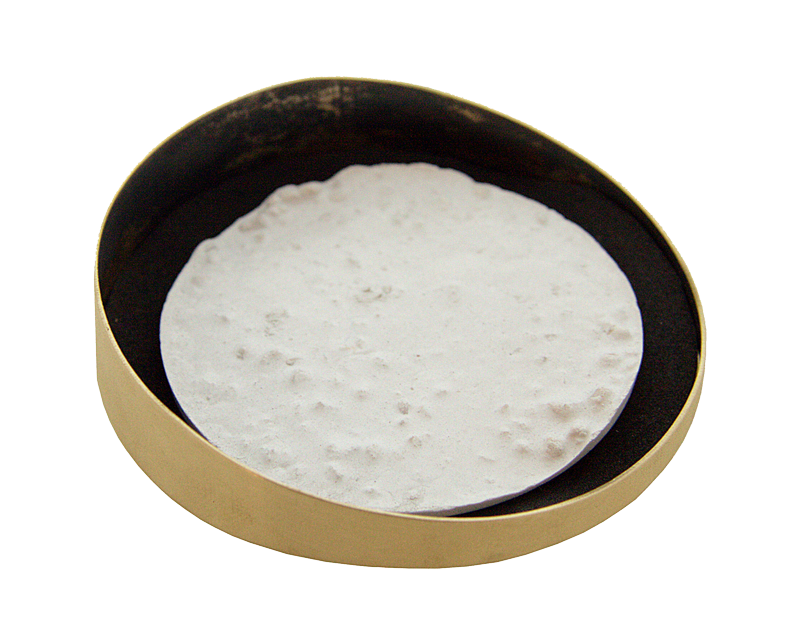
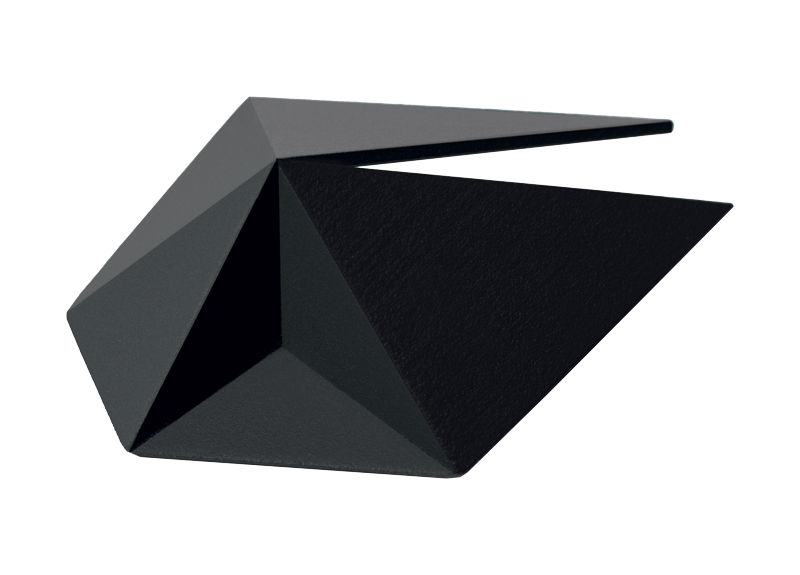
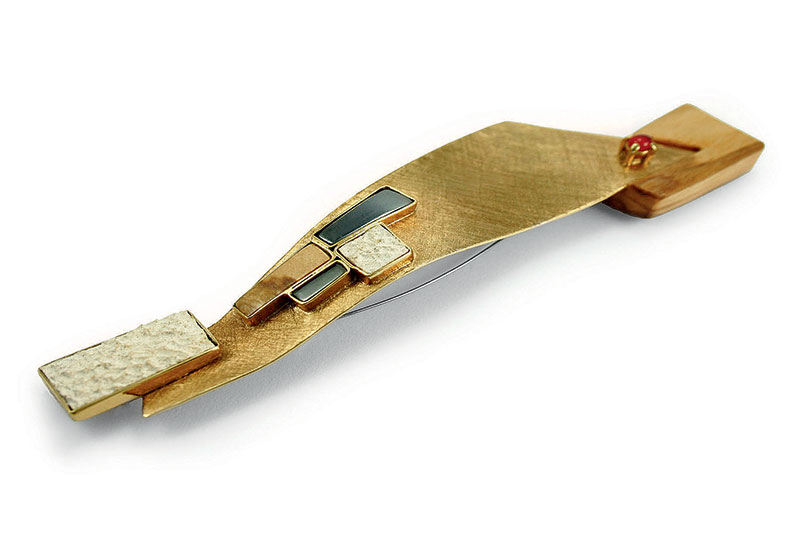









Follow us on social networks
Subscribe to the newsletter